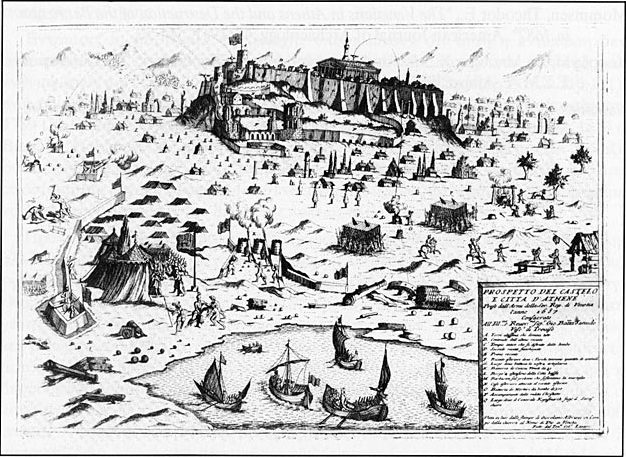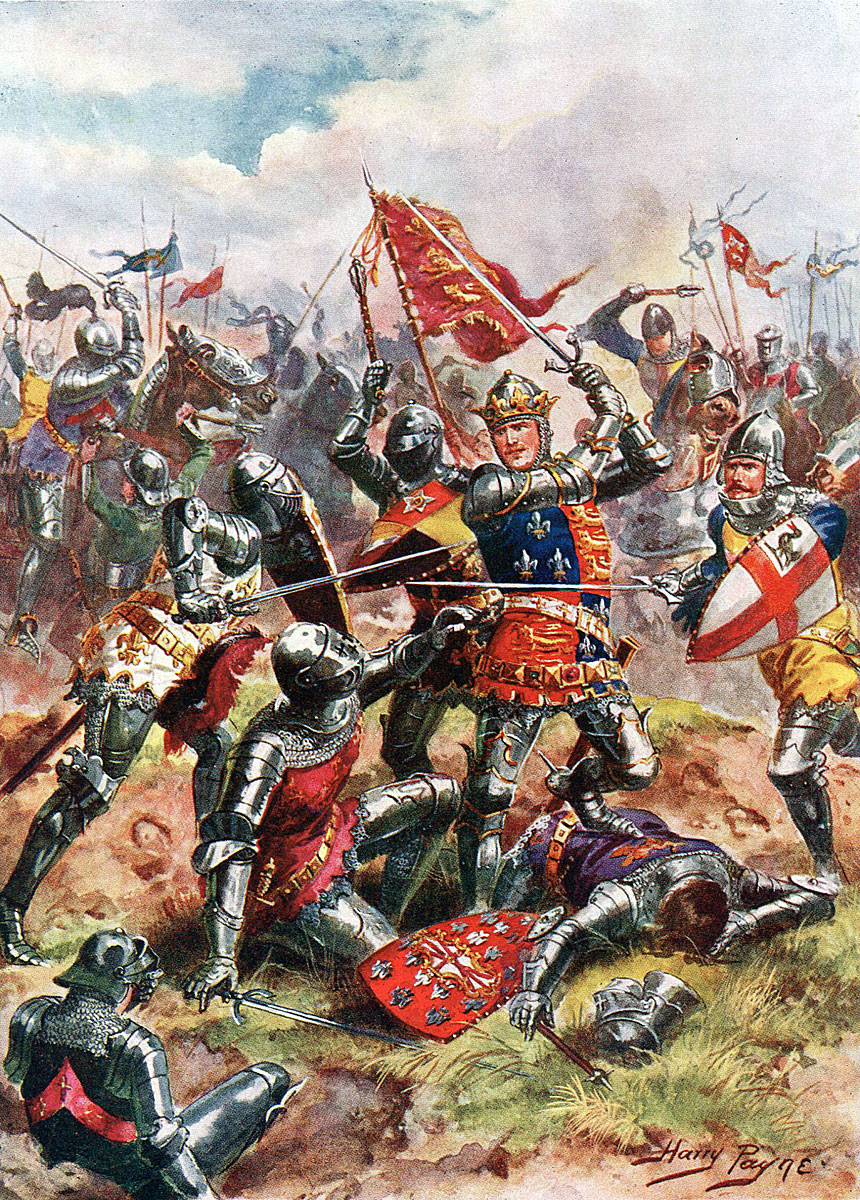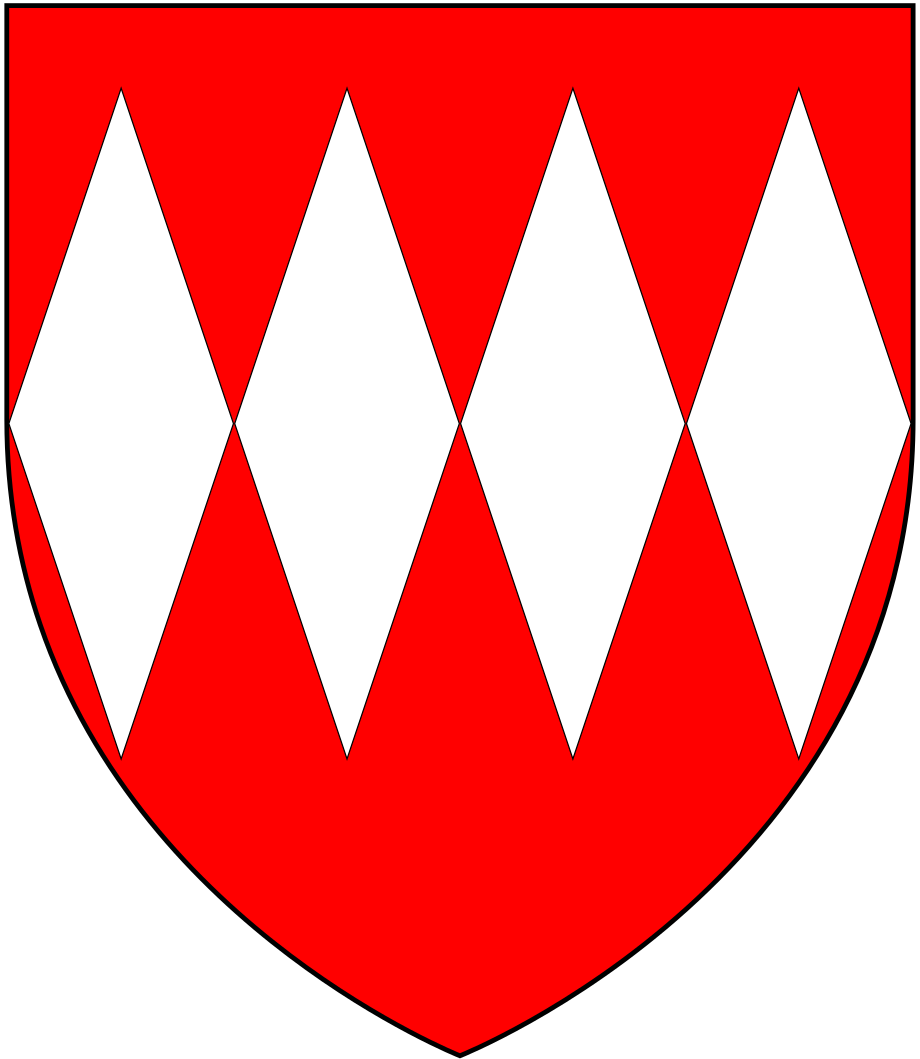|
Elizabeth Castle
Elizabeth Castle () is a castle and tourist attraction, on a tidal island within the parish of Saint Helier, Jersey. Construction was started in the 16th century when the power of the cannon meant that the existing stronghold at Mont Orgueil was insufficient to defend the Island and the port of St Helier was vulnerable to attack by ships armed with cannons. It is named after Elizabeth I who was queen of England around the time the castle was built. History The tidal island called L'Islet (The Islet) lying in Saint Aubin, Jersey (St Aubin's Bay) became the site of the Abbey (later Priory) of Saint Helier. The Crown confiscated the monastic buildings at the Reformation. Surviving buildings were used for military purposes. 16th century Upper Ward Construction of the earliest parts of the castle, the Upper Ward including the Queen Elizabeth Gate, began in 1594. This work was carried out by the Flemish military engineer Paul Ivy. Governors of Jersey moved their official resi ... [...More Info...] [...Related Items...] OR: [Wikipedia] [Google] [Baidu] |
Saint Helier
St Helier (; Jèrriais: ; ) is the Capital city, capital of Jersey, the largest of the Channel Islands in the English Channel. It is the most populous of the twelve parishes of Jersey, with a population of 35,822, over one-third of the island's total population. The town of St Helier is the largest settlement and only town of Jersey. The town consists of the built-up areas of St Helier, including First Tower, and parts of the parishes of Saint Saviour, Jersey, St Saviour and Saint Clement, Jersey, St Clement, with further suburbs in surrounding parishes. The greater part of the parish of St Helier is rural. It covers a surface area of , being 9% of the total land area of the island (this includes Land reclamation, reclaimed land area of or 200 hectare, ha). The town sits by the coast in the southeastern corner of the parish. Within it lies the main commercial district and the principal harbour of the island. As the capital, it also hosts the island's government, parlia ... [...More Info...] [...Related Items...] OR: [Wikipedia] [Google] [Baidu] |
Flemish People
Flemish people or Flemings ( ) are a Germanic peoples, Germanic ethnic group native to Flanders, Belgium, who speak Flemish Dutch. Flemish people make up the majority of Belgians, at about 60%. ''Flemish'' was historically a geographical term, as all inhabitants of the medieval County of Flanders in modern-day Belgium, France and the Netherlands were referred to as "Flemings" irrespective of their ethnicity or language. The contemporary region of Flanders comprises a part of this historical county, as well as parts of the medieval Duchy of Brabant and the medieval County of Loon, where the modern national identity and Flemish culture, culture gradually formed. History The sense of "Flemish" identity increased significantly after the Belgian Revolution. Prior to this, the term "" in the Dutch language was in first place used for the inhabitants of the former County of Flanders. Flemish, however, had been used since the 14th century to refer to the language and dialects of both ... [...More Info...] [...Related Items...] OR: [Wikipedia] [Google] [Baidu] |
Jean-Louis Le Loutre
Abbé Jean-Louis Le Loutre (; 26 September 1709 – 30 September 1772) was a Catholic priest and missionary for the Paris Foreign Missions Society. Le Loutre became the leader of the French forces and the Acadian and Mi'kmaq militias during King George's War and Father Le Loutre's War in the eighteenth-century struggle for power between the French, Acadians, and Miꞌkmaq against the British over Acadia (present-day Nova Scotia and New Brunswick). Historical context Nova Scotia had been under the rule of the British since the Treaty of Utrecht in 1713. The British were settled mostly in the capital Annapolis Royal, while Acadians and the native Mi'kmaq occupied the rest of the region. Île-Royale (present-day Cape Breton Island) remained under French control, as it had been granted to the French under the Treaty of Utrecht, and the mainland portion of Acadia (present-day Nova Scotia and New Brunswick) was British and contested by the French. In 1738, the French had no ... [...More Info...] [...Related Items...] OR: [Wikipedia] [Google] [Baidu] |
Seven Years' War
The Seven Years' War, 1756 to 1763, was a Great Power conflict fought primarily in Europe, with significant subsidiary campaigns in North America and South Asia. The protagonists were Kingdom of Great Britain, Great Britain and Kingdom of Prussia, Prussia versus Kingdom of France, France and Habsburg monarchy, Austria, the respective coalitions receiving by countries including Portuguese Empire, Portugal, Spanish Empire, Spain, Electorate of Saxony, Saxony, Age of Liberty, Sweden, and Russian Empire, Russia. Related conflicts include the Third Silesian War, French and Indian War, Carnatic wars, Third Carnatic War, Anglo-Spanish War (1762–1763), Anglo-Spanish War (1762–1763), and Spanish–Portuguese War (1762–1763), Spanish–Portuguese War. Although the War of the Austrian Succession ended with the Treaty of Aix-la-Chapelle (1748), none of the signatories were happy with the terms, and it was generally viewed as a temporary armistice. It led to a strategic realignment kn ... [...More Info...] [...Related Items...] OR: [Wikipedia] [Google] [Baidu] |
Wenceslas Hollar - Elizabeth Castle, Jersey 3
Wenceslaus, Wenceslas, Wenzeslaus and Wenzslaus (and other similar names) are Latinized forms of the Czech name Václav. The other language versions of the name are , , , , , , among others. It originated as a Latin spelling for Czech rulers. It is a Slavic dithematic name (of two lexemes), derived from the Slavic words ''veli/vyache/więce/više'' ("great(er), large(r)"), and ''slava'' ("glory, fame") – both very common in Slavic names – and roughly means "greater glory". Latinised name Wenceslaus corresponds to several West Slavic, Lechitic given names, such as ''Wieceslaw'', ''Wiecejslav'', ''Wieńczysław''/''Vienceslav'', ''Vjenceslav'', ''Węzel'', ''Wacław'' and a few more. People named Wenceslaus or spelling variations thereof include: * Wenceslaus I, Duke of Bohemia (907–935 or 929), saint and subject of the Christmas carol "Good King Wenceslas" * Wenceslaus II, Duke of Bohemia (died 1192) * Wenceslaus I of Bohemia (c. 1205–1253), King of Bohemia * Wenceslaus ... [...More Info...] [...Related Items...] OR: [Wikipedia] [Google] [Baidu] |
Mortar (weapon)
A mortar today is usually a simple, lightweight, man-portable, Muzzleloader, muzzle-loaded cannon, consisting of a Smoothbore, smooth-bore (although some models use a Rifling, rifled barrel) metal tube fixed to a base plate (to spread out the recoil) with a lightweight bipod mount and a Sight (device), sight. Mortars are typically used as indirect fire weapons for close fire support with a variety of ammunition. Historically mortars were heavy Siege, siege artillery. Mortars launch explosive shell (projectile), shells (technically called Bomb, bombs) in high arching Projectile motion, ballistic trajectories. History Mortars have been used for hundreds of years. The earliest reported use of mortars was in Korea in a 1413 naval battle when Korean gunsmiths developed the ''wan'gu'' (gourd-shaped mortar) (완구, 碗口). The earliest version of the ''wan'gu'' dates back to 1407. Ch'oe Hae-san (1380–1443), the son of Ch'oe Mu-sŏn (1325–1395), is generally credited with inventi ... [...More Info...] [...Related Items...] OR: [Wikipedia] [Google] [Baidu] |
Roundheads
Roundheads were the supporters of the Parliament of England during the English Civil War (1642–1651). Also known as Parliamentarians, they fought against King Charles I of England and his supporters, known as the Cavaliers or Royalists, who claimed rule by absolute monarchy and the principle of the divine right of kings. The goal of the Roundheads was to give to Parliament the supreme control over executive administration of England. Beliefs Most Roundheads sought constitutional monarchy in place of the absolute monarchy sought by Charles; however, at the end of the English Civil War in 1649, public antipathy towards the king was high enough to allow republican leaders such as Oliver Cromwell to abolish the monarchy completely and establish the Commonwealth of England. The Roundhead commander-in-chief of the first Civil War, Thomas Fairfax, remained a supporter of constitutional monarchy, as did many other Roundhead leaders such as Edward Montagu, 2nd Earl of Mancheste ... [...More Info...] [...Related Items...] OR: [Wikipedia] [Google] [Baidu] |
England
England is a Countries of the United Kingdom, country that is part of the United Kingdom. It is located on the island of Great Britain, of which it covers about 62%, and List of islands of England, more than 100 smaller adjacent islands. It shares Anglo-Scottish border, a land border with Scotland to the north and England–Wales border, another land border with Wales to the west, and is otherwise surrounded by the North Sea to the east, the English Channel to the south, the Celtic Sea to the south-west, and the Irish Sea to the west. Continental Europe lies to the south-east, and Ireland to the west. At the 2021 United Kingdom census, 2021 census, the population was 56,490,048. London is both List of urban areas in the United Kingdom, the largest city and the Capital city, capital. The area now called England was first inhabited by modern humans during the Upper Paleolithic. It takes its name from the Angles (tribe), Angles, a Germanic peoples, Germanic tribe who settled du ... [...More Info...] [...Related Items...] OR: [Wikipedia] [Google] [Baidu] |
George Carteret
Vice admiral (Royal Navy), Vice-Admiral Sir George Carteret, 1st Baronet ( – 14 January 1680 New Style, N.S.) was a royalist statesman in Jersey and England, who served in the Clarendon ministry, Clarendon Ministry as Treasurer of the Navy. He was also one of the original lord proprietor, lords proprietor of the former British colony, British colonies of Province of Carolina, Carolina and Province of New Jersey, New Jersey. Carteret, New Jersey, and Carteret County, North Carolina, both in the United States, are named after him. He acquired the manor of Haynes, Bedfordshire, (''alias'' Hawnes) in about 1667. Early life Carteret was the son of Elias de Carteret and Elizabeth Dumaresq of Jersey, who both died in 1640. Elias was the son of Philippe de Carteret I, Philippe de Carteret I, 2nd Seigneur of Sark. With the help of his uncle Philippe de Carteret II, Philippe de Carteret II, 3rd Seigneur of Sark, George was able to gain a position in the Royal Navy (George dropped t ... [...More Info...] [...Related Items...] OR: [Wikipedia] [Google] [Baidu] |
Charles II Of England
Charles II (29 May 1630 – 6 February 1685) was King of Scotland from 1649 until 1651 and King of England, Scotland, and King of Ireland, Ireland from the 1660 Restoration of the monarchy until his death in 1685. Charles II was the eldest surviving child of Charles I of England, Scotland and Ireland and Henrietta Maria of France. After Charles I's execution at Palace of Whitehall, Whitehall on 30 January 1649, at the climax of the English Civil War, the Parliament of Scotland proclaimed Charles II king on 5 February 1649. However, England entered the period known as the English Interregnum or the English Commonwealth with a republican government eventually led by Oliver Cromwell. Cromwell defeated Charles II at the Battle of Worcester on 3 September 1651, and Charles Escape of Charles II, fled to mainland Europe. Cromwell became Lord Protector of England, Scotland and Ireland. Charles spent the next nine years in exile in France, the Dutch Republic and the Spanish Netherlands. ... [...More Info...] [...Related Items...] OR: [Wikipedia] [Google] [Baidu] |
English Civil War
The English Civil War or Great Rebellion was a series of civil wars and political machinations between Cavaliers, Royalists and Roundhead, Parliamentarians in the Kingdom of England from 1642 to 1651. Part of the wider 1639 to 1653 Wars of the Three Kingdoms, the struggle consisted of the First English Civil War and the Second English Civil War. The Anglo-Scottish war (1650–1652), Anglo-Scottish War of 1650 to 1652 is sometimes referred to as the ''Third English Civil War.'' While the conflicts in the three kingdoms of England, Kingdom of Scotland, Scotland and Kingdom of Ireland, Ireland had similarities, each had their own specific issues and objectives. The First English Civil War was fought primarily over the correct balance of power between Parliament of England, Parliament and Charles I of England, Charles I. It ended in June 1646 with Royalist defeat and the king in custody. However, victory exposed Parliamentarian divisions over the nature of the political settlemen ... [...More Info...] [...Related Items...] OR: [Wikipedia] [Google] [Baidu] |









